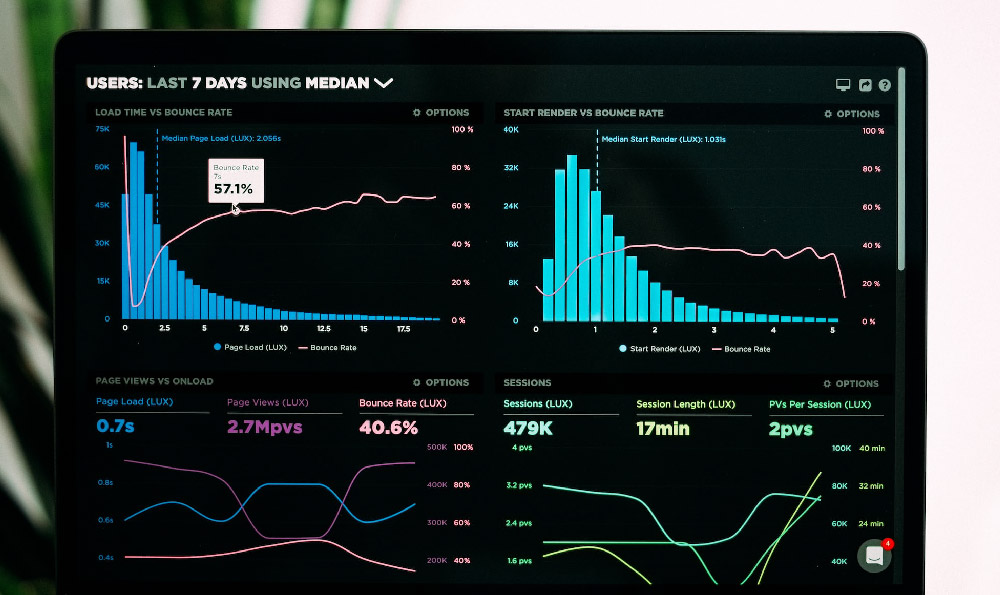Let's delve into the intricate world of YouTube earnings, dissecting the question of how much money YouTubers actually make and identifying the diverse factors that contribute to their income. The answer, unsurprisingly, is complex and highly variable. There's no one-size-fits-all formula to predict a YouTuber's revenue, as it depends on a multitude of interacting elements.
At the most basic level, YouTubers generate income through ad revenue. The YouTube Partner Program (YPP) allows creators who meet certain eligibility requirements (1,000 subscribers and 4,000 valid watch hours in the past 12 months) to monetize their videos. Once accepted, they can display ads on their content and receive a portion of the revenue generated. This is where the infamous CPM (Cost Per Mille) and RPM (Revenue Per Mille) come into play. CPM represents the cost an advertiser pays for one thousand ad impressions, while RPM is the actual revenue a YouTuber receives per one thousand views after YouTube takes its cut (approximately 45%).
However, the CPM and RPM values are far from static. They fluctuate wildly based on several crucial factors. The niche of the content is a primary driver. For instance, finance, business, and technology channels typically command higher CPMs than gaming or entertainment channels. This is because advertisers are willing to pay more to reach audiences interested in these topics, as they often have higher disposable income and are more likely to purchase related products or services. Conversely, channels targeting younger demographics may see lower CPMs, as advertisers may perceive them as having less purchasing power.

Geographic location is another key determinant. Viewers from countries like the United States, Canada, Australia, and Western Europe generally contribute to higher CPMs than viewers from developing nations. This is due to variations in advertising rates and the prevalence of high-paying advertisers in these regions. Therefore, a YouTuber with a substantial international audience might have a lower overall RPM compared to one whose audience is primarily located in North America or Europe.
The ad format itself also influences revenue. Skippable video ads, non-skippable video ads, banner ads, and sponsored cards all have different CPM rates. Longer, non-skippable ads tend to generate more revenue per view, but they can also be disruptive to the viewing experience and potentially discourage viewers from watching the entire video. Creators must carefully balance the desire for higher ad revenue with the need to maintain a positive viewer experience.
Beyond ad revenue, successful YouTubers often diversify their income streams through other avenues. Sponsorships and brand deals are a significant source of revenue for many. Companies pay YouTubers to feature their products or services in their videos, offering a fixed fee or a commission on sales generated through affiliate links. The value of these sponsorships depends on the YouTuber's reach, engagement, and the alignment between their brand and the sponsor's product. A YouTuber with a highly engaged audience is more valuable to a sponsor than one with a large but inactive following.
Affiliate marketing provides another avenue for monetization. YouTubers can recommend products or services and earn a commission on each sale made through their unique affiliate links. This is particularly effective for channels that review products, offer tutorials, or discuss specific industries. The commission rates vary depending on the affiliate program and the type of product being promoted.
Merchandise sales represent a direct way for YouTubers to monetize their fanbase. Selling branded clothing, accessories, or other products allows creators to build a stronger connection with their audience and generate additional income. This requires investment in design, production, and fulfillment, but it can be a highly lucrative source of revenue for established YouTubers with a loyal following.
Furthermore, some YouTubers leverage platforms like Patreon or YouTube Memberships to offer exclusive content and benefits to their most dedicated fans in exchange for a monthly subscription fee. This provides a stable and predictable source of income and allows creators to connect more deeply with their audience.
Finally, some YouTubers create and sell online courses, e-books, or other digital products based on their expertise. This requires a significant investment of time and effort in creating high-quality content, but it can be a highly profitable way to monetize their knowledge and skills.
To protect their earnings and navigate the complexities of YouTube monetization, creators need to be vigilant about several factors. AdSense policies must be strictly adhered to in order to avoid demonetization. Understanding copyright law is crucial to prevent strikes and takedowns. Maintaining audience engagement is paramount for long-term success, as YouTube's algorithm favors channels with high watch time and positive interaction. Staying abreast of platform updates and algorithm changes is essential for adapting their content strategy and optimizing their videos for maximum visibility.
In conclusion, determining how much money YouTubers make is a multifaceted question with no definitive answer. Ad revenue forms a foundation, but the true potential lies in diversification through sponsorships, affiliate marketing, merchandise sales, memberships, and digital products. Factors like niche, geography, ad format, audience engagement, and adherence to platform policies all significantly influence a YouTuber's earning potential. By understanding these dynamics and adopting a strategic approach, creators can maximize their income and build sustainable careers on YouTube.












